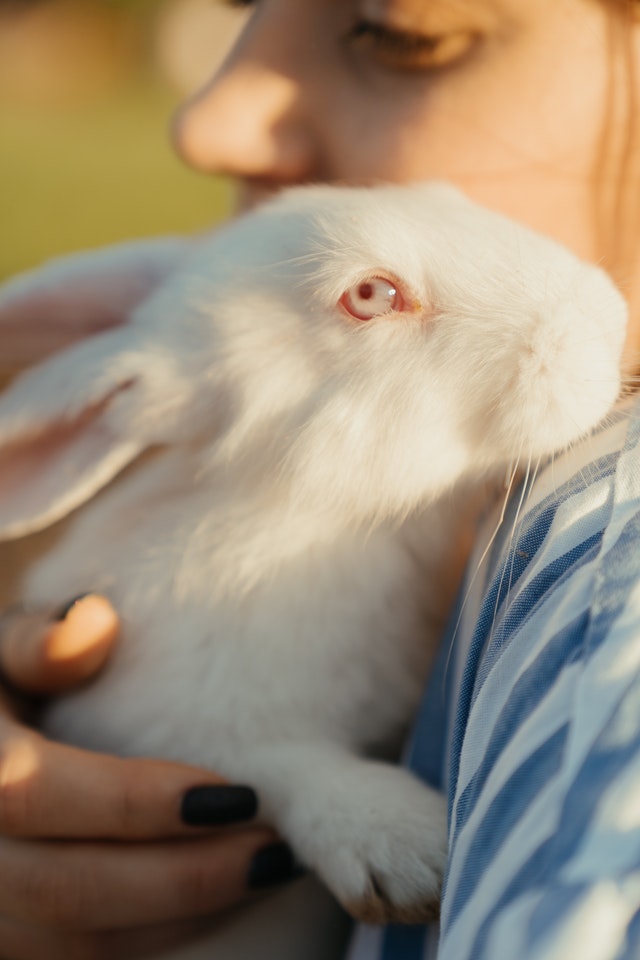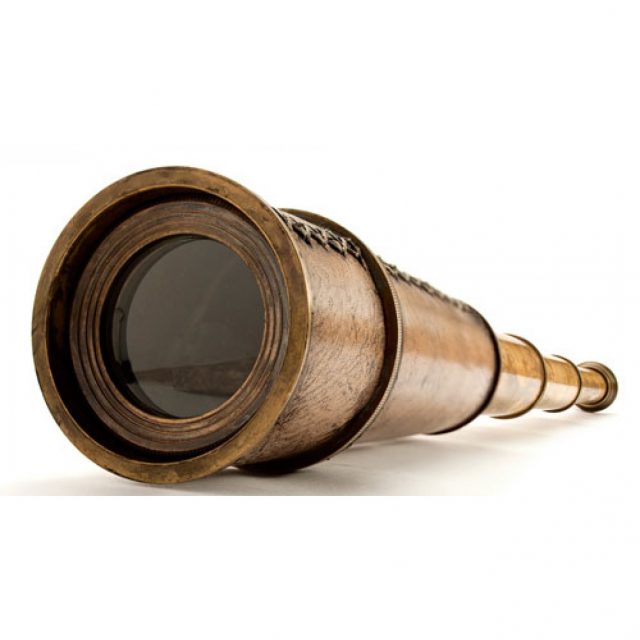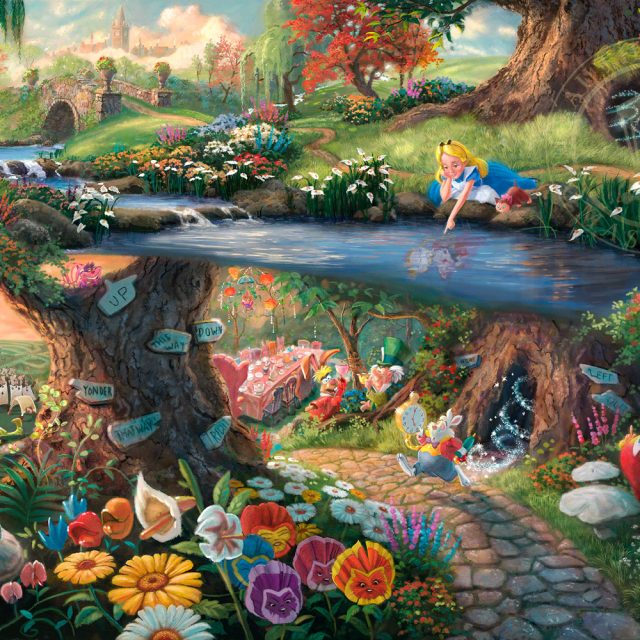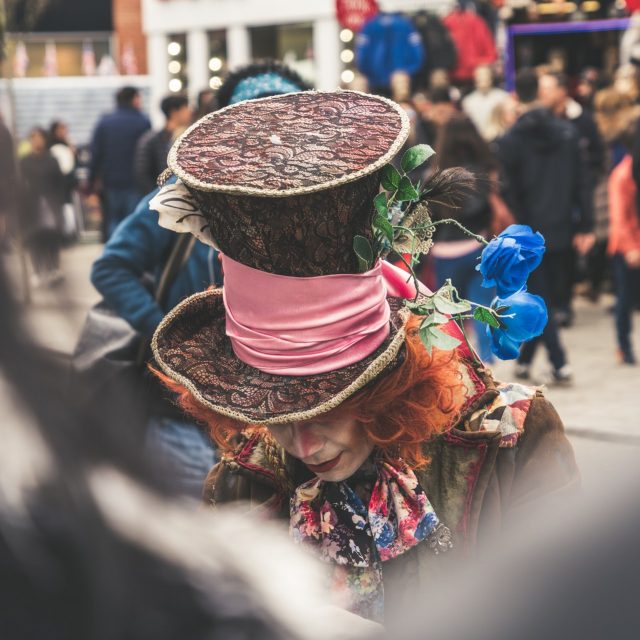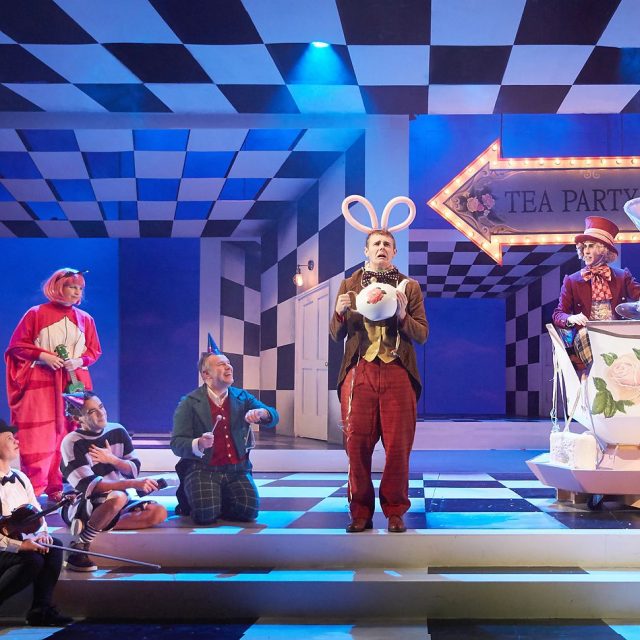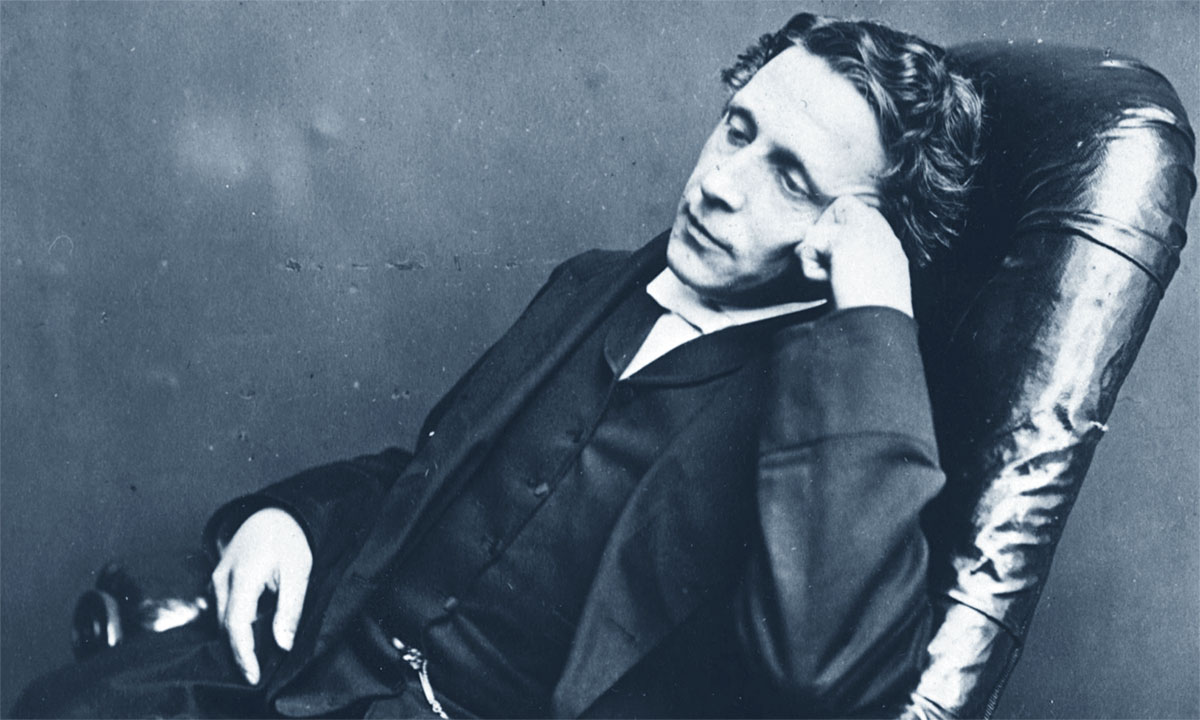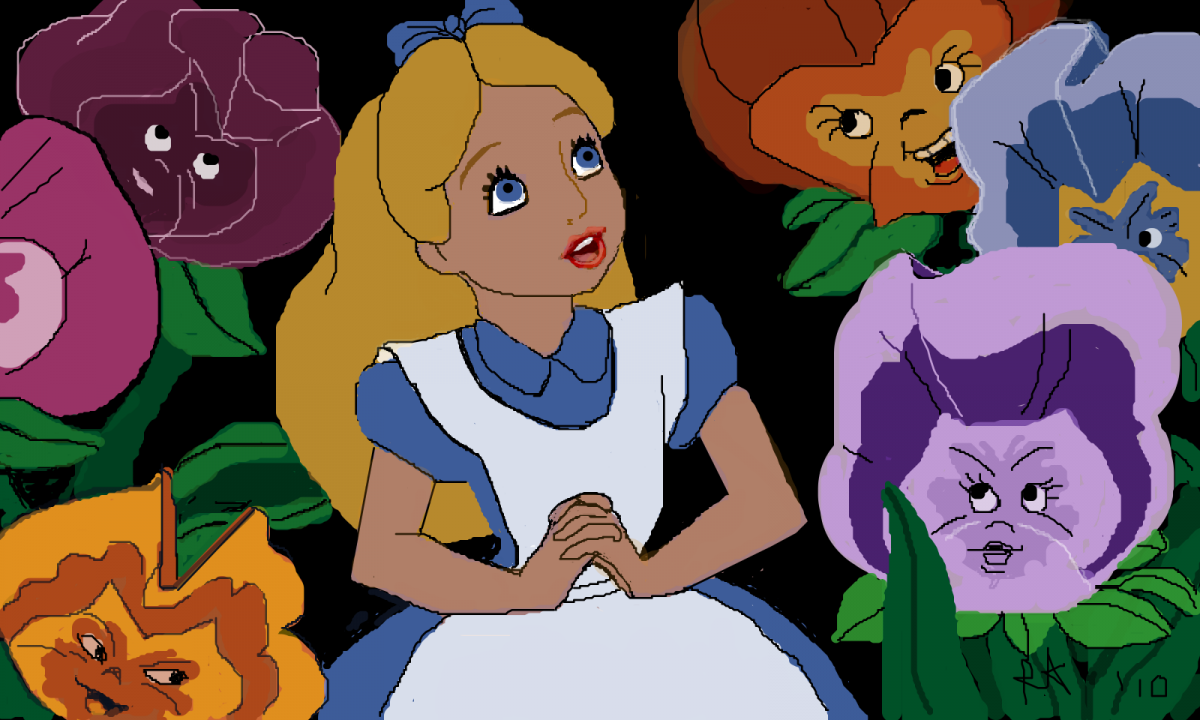Aliceheimer’s: Alzheimer’s Through the Looking Glass
The Alice in wonderland storyline has been a long time favorite for many. Whether experienced through musical, film, or via soundtrack, this story has stuck with many for various reasons. Dana Walrat has even found themes of this storyline applicable to her own life, through her experience with her mother’s battle with Alzheimer’s Disease. This storyline even held inspiration behind the creation of her memoir “Aliceheimer’s: Alzheimer’s Through the Looking Glass,” which details three years of long-term caregiving to her Alzheimer’s afflicted mother.
Themes From Alice in Wonderland
The Author pulls many themes from the original Alice in Wonderland describing memory loss as a “rabbit hole” and coincidentally enough her mother’s name was also Alice! The author also states the connection to the original Alice in Wonderland, explaining that her father often read the story to her as a child and later her and her mother(Alice) would come to recite this tale as adults during her memory care. Reciting old books, songs, or films can be an effective form of memory care and is often used by many top memory care facilities affordable to you through options such as Hybrid-Long Term Care Insurance. Watching a loved one deal with the tumultuous state of dementia or Alzheimer’s can no doubt be an unwinding and confusing journey, similar to that of Alice’s. Although Alzheimer’s can be difficult to navigate, approaching this new and confusing era with somewhat of the wonder from Alice and Wonderland, provides some sort of positive outlet.
